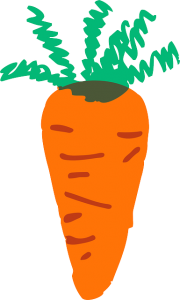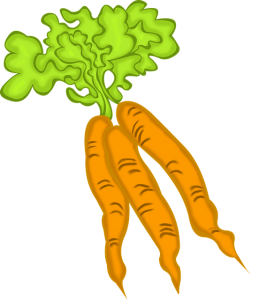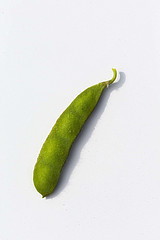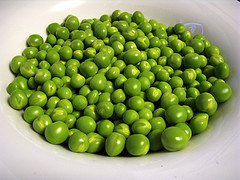1.5: Val's Garden
- Page ID
- 47739
\( \newcommand{\vecs}[1]{\overset { \scriptstyle \rightharpoonup} {\mathbf{#1}} } \)
\( \newcommand{\vecd}[1]{\overset{-\!-\!\rightharpoonup}{\vphantom{a}\smash {#1}}} \)
\( \newcommand{\id}{\mathrm{id}}\) \( \newcommand{\Span}{\mathrm{span}}\)
( \newcommand{\kernel}{\mathrm{null}\,}\) \( \newcommand{\range}{\mathrm{range}\,}\)
\( \newcommand{\RealPart}{\mathrm{Re}}\) \( \newcommand{\ImaginaryPart}{\mathrm{Im}}\)
\( \newcommand{\Argument}{\mathrm{Arg}}\) \( \newcommand{\norm}[1]{\| #1 \|}\)
\( \newcommand{\inner}[2]{\langle #1, #2 \rangle}\)
\( \newcommand{\Span}{\mathrm{span}}\)
\( \newcommand{\id}{\mathrm{id}}\)
\( \newcommand{\Span}{\mathrm{span}}\)
\( \newcommand{\kernel}{\mathrm{null}\,}\)
\( \newcommand{\range}{\mathrm{range}\,}\)
\( \newcommand{\RealPart}{\mathrm{Re}}\)
\( \newcommand{\ImaginaryPart}{\mathrm{Im}}\)
\( \newcommand{\Argument}{\mathrm{Arg}}\)
\( \newcommand{\norm}[1]{\| #1 \|}\)
\( \newcommand{\inner}[2]{\langle #1, #2 \rangle}\)
\( \newcommand{\Span}{\mathrm{span}}\) \( \newcommand{\AA}{\unicode[.8,0]{x212B}}\)
\( \newcommand{\vectorA}[1]{\vec{#1}} % arrow\)
\( \newcommand{\vectorAt}[1]{\vec{\text{#1}}} % arrow\)
\( \newcommand{\vectorB}[1]{\overset { \scriptstyle \rightharpoonup} {\mathbf{#1}} } \)
\( \newcommand{\vectorC}[1]{\textbf{#1}} \)
\( \newcommand{\vectorD}[1]{\overrightarrow{#1}} \)
\( \newcommand{\vectorDt}[1]{\overrightarrow{\text{#1}}} \)
\( \newcommand{\vectE}[1]{\overset{-\!-\!\rightharpoonup}{\vphantom{a}\smash{\mathbf {#1}}}} \)
\( \newcommand{\vecs}[1]{\overset { \scriptstyle \rightharpoonup} {\mathbf{#1}} } \)
\( \newcommand{\vecd}[1]{\overset{-\!-\!\rightharpoonup}{\vphantom{a}\smash {#1}}} \)
\(\newcommand{\avec}{\mathbf a}\) \(\newcommand{\bvec}{\mathbf b}\) \(\newcommand{\cvec}{\mathbf c}\) \(\newcommand{\dvec}{\mathbf d}\) \(\newcommand{\dtil}{\widetilde{\mathbf d}}\) \(\newcommand{\evec}{\mathbf e}\) \(\newcommand{\fvec}{\mathbf f}\) \(\newcommand{\nvec}{\mathbf n}\) \(\newcommand{\pvec}{\mathbf p}\) \(\newcommand{\qvec}{\mathbf q}\) \(\newcommand{\svec}{\mathbf s}\) \(\newcommand{\tvec}{\mathbf t}\) \(\newcommand{\uvec}{\mathbf u}\) \(\newcommand{\vvec}{\mathbf v}\) \(\newcommand{\wvec}{\mathbf w}\) \(\newcommand{\xvec}{\mathbf x}\) \(\newcommand{\yvec}{\mathbf y}\) \(\newcommand{\zvec}{\mathbf z}\) \(\newcommand{\rvec}{\mathbf r}\) \(\newcommand{\mvec}{\mathbf m}\) \(\newcommand{\zerovec}{\mathbf 0}\) \(\newcommand{\onevec}{\mathbf 1}\) \(\newcommand{\real}{\mathbb R}\) \(\newcommand{\twovec}[2]{\left[\begin{array}{r}#1 \\ #2 \end{array}\right]}\) \(\newcommand{\ctwovec}[2]{\left[\begin{array}{c}#1 \\ #2 \end{array}\right]}\) \(\newcommand{\threevec}[3]{\left[\begin{array}{r}#1 \\ #2 \\ #3 \end{array}\right]}\) \(\newcommand{\cthreevec}[3]{\left[\begin{array}{c}#1 \\ #2 \\ #3 \end{array}\right]}\) \(\newcommand{\fourvec}[4]{\left[\begin{array}{r}#1 \\ #2 \\ #3 \\ #4 \end{array}\right]}\) \(\newcommand{\cfourvec}[4]{\left[\begin{array}{c}#1 \\ #2 \\ #3 \\ #4 \end{array}\right]}\) \(\newcommand{\fivevec}[5]{\left[\begin{array}{r}#1 \\ #2 \\ #3 \\ #4 \\ #5 \\ \end{array}\right]}\) \(\newcommand{\cfivevec}[5]{\left[\begin{array}{c}#1 \\ #2 \\ #3 \\ #4 \\ #5 \\ \end{array}\right]}\) \(\newcommand{\mattwo}[4]{\left[\begin{array}{rr}#1 \amp #2 \\ #3 \amp #4 \\ \end{array}\right]}\) \(\newcommand{\laspan}[1]{\text{Span}\{#1\}}\) \(\newcommand{\bcal}{\cal B}\) \(\newcommand{\ccal}{\cal C}\) \(\newcommand{\scal}{\cal S}\) \(\newcommand{\wcal}{\cal W}\) \(\newcommand{\ecal}{\cal E}\) \(\newcommand{\coords}[2]{\left\{#1\right\}_{#2}}\) \(\newcommand{\gray}[1]{\color{gray}{#1}}\) \(\newcommand{\lgray}[1]{\color{lightgray}{#1}}\) \(\newcommand{\rank}{\operatorname{rank}}\) \(\newcommand{\row}{\text{Row}}\) \(\newcommand{\col}{\text{Col}}\) \(\renewcommand{\row}{\text{Row}}\) \(\newcommand{\nul}{\text{Nul}}\) \(\newcommand{\var}{\text{Var}}\) \(\newcommand{\corr}{\text{corr}}\) \(\newcommand{\len}[1]{\left|#1\right|}\) \(\newcommand{\bbar}{\overline{\bvec}}\) \(\newcommand{\bhat}{\widehat{\bvec}}\) \(\newcommand{\bperp}{\bvec^\perp}\) \(\newcommand{\xhat}{\widehat{\xvec}}\) \(\newcommand{\vhat}{\widehat{\vvec}}\) \(\newcommand{\uhat}{\widehat{\uvec}}\) \(\newcommand{\what}{\widehat{\wvec}}\) \(\newcommand{\Sighat}{\widehat{\Sigma}}\) \(\newcommand{\lt}{<}\) \(\newcommand{\gt}{>}\) \(\newcommand{\amp}{&}\) \(\definecolor{fillinmathshade}{gray}{0.9}\)
Learning Goals
In this chapter, you will learn to:
- Print the alphabet in order using lower case letters
- Read and write words with the endings -s, -ing, and -ed
- Copy short sentences
- Read common sight words in a paragraph
- Answer questions about a story
- Complete sentences by adding a missing word
- Use an upper case letter to begin a person’s name
Talk About It
- Do you like to get to know the people who live near you? Why or why not?
Picture Dictionary | ||
Use the pictures to help you figure out the words. | ||
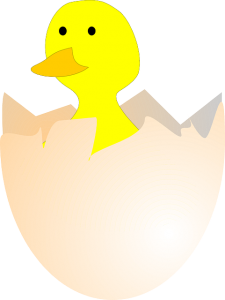 |  |  |
| new | city | vegetables |
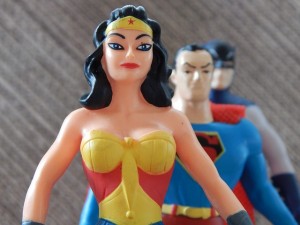 |  | 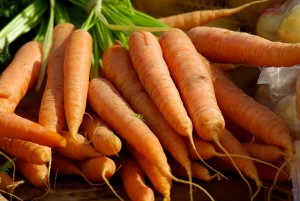 |
| woman | sidewalk | carrots |
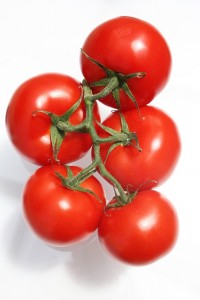 |  | 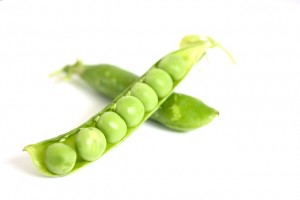 |
| tomatoes | beans | peas |
 | 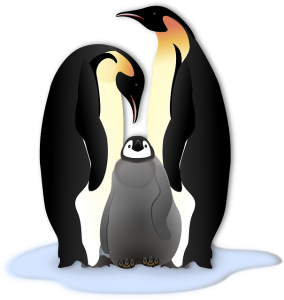 | 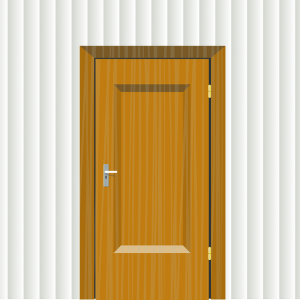 |
| talk | family | door |
Practice reading these words without the pictures. | |||
| sidewalk | peas | carrots | family |
| door | city | woman | vegetables |
| talk | beans | new | tomatoes |
Word Skills
Word Patterns
Words can have endings. Some common word endings are –s, –ing, and –ed.
| –s | –ing | –ed | |
| look | looks | looking | looked |
| pull | pulls | pulling | pulled |
| talk | talks | talking | talked |
1. Fill in this chart.
| –s | –ing | –ed | |
| bill | |||
| fill | |||
| walk | |||
| pick | |||
| kick |
How many do you see? | ||
| 2. |  | egg or eggs? |
| 3. |  | rock or rocks? |
| 4. | 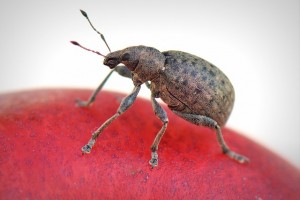 | bug or bugs? |
| 5. |  | pen or pens? |
| 6. | 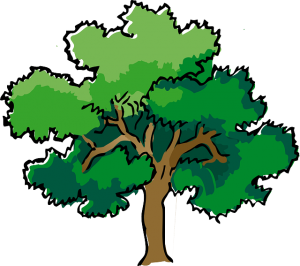 | tree or trees? |
| 7. | 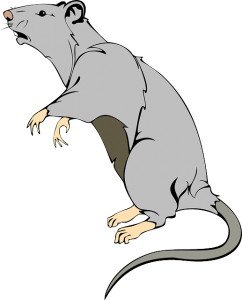 | rat or rats? |
Read the sentences. Then copy them. Use upper case letters, periods, and question marks correctly. |
| The dog naps with the cats. |
 |
| This log has bugs on it. |
 |
| Tim jogs a lot. |
 |
| The kids got on the bus. |
 |
| Can you get the red cups? |
 |
Use Your Reading Skills
Listen to Val’s Garden. Then read Val’s Garden in BC Reads: Adult Literacy Fundamental English – Reader 1.
An audio element has been excluded from this version of the text. You can listen to it online here: https://opentextbc.ca/abealf1/?p=57
Check Your Understanding
| garden | family | new | vegetables |
| box | passes on | Val | sidewalk |
Fill in the blanks with the right word or words.
1. I am _______________ to the city.
2. A woman named _______________ lives next door.
3. She grows a vegetable garden by the _______________.
4. She gives me a _______________ of vegetables.
5. She _______________.
6. I take care of her _______________.
7. A _______________ moves next door.
8. I give them a box of _______________ from Val’s garden.
Writing
Grammar Rule
You can use words from a question to make your own sentence.
| Question: | Who has a garden? |
| Answer: | Val has a garden. |
| Question: | What vegetables are in Val’s garden? |
| Answer: | Carrots, tomatoes, beans, and peas are in Val’s garden. |
| Question: | Who moves next door when Val passes on? |
| Answer: | A family moves next door when Val passes on. |
| Question: | What is given to the family next door? |
| Answer: | A box of vegetables is given to the family next door. |
Answer the questions. Use the underlined words to form your answer.
1. Who talks to plants?
____________________________________________________
2. What gets dry after Val passes on?
____________________________________________________
3. What looks sad after Val passes on?
____________________________________________________
4. Write all the letters of the alphabet in order. Use lower case letters.
__________________________________________________________________
__________________________________________________________________
__________________________________________________________________
Writing Task
Think of a time when a neighbour was nice to you, or a time when you were nice to a neighbour. Tell the story to your instructor. Your instructor will write down what you say. Then copy the story into your notebook.
When you are done, read your story.
- Did you begin each sentence with an upper case letter?
- Did you use an upper case letter at the beginning of a person’s name?
- Did you end each sentence with a period or question mark?
- Are you missing any words?
Answer Key | |||||||||||||||||||||||||
| Word Skills | |||||||||||||||||||||||||
| QUESTION | ANSWER | ||||||||||||||||||||||||
| 1 |
| ||||||||||||||||||||||||
| 2 | eggs | ||||||||||||||||||||||||
| 3 | rocks | ||||||||||||||||||||||||
| 4 | bug | ||||||||||||||||||||||||
| 5 | pens | ||||||||||||||||||||||||
| 6 | tree | ||||||||||||||||||||||||
| 7 | rat | ||||||||||||||||||||||||
| Check Your Understanding | |||||||||||||||||||||||||
| QUESTION | ANSWER | ||||||||||||||||||||||||
| 1 | new | ||||||||||||||||||||||||
| 2 | Val | ||||||||||||||||||||||||
| 3 | sidewalk | ||||||||||||||||||||||||
| 4 | box | ||||||||||||||||||||||||
| 5 | passes on | ||||||||||||||||||||||||
| 6 | garden | ||||||||||||||||||||||||
| 7 | family | ||||||||||||||||||||||||
| 8 | vegetables | ||||||||||||||||||||||||
| Writing | |||||||||||||||||||||||||
| QUESTION | ANSWER | ||||||||||||||||||||||||
| 1 | Val talks to plants. | ||||||||||||||||||||||||
| 2 | The dirt gets dry after Val passes on. | ||||||||||||||||||||||||
| 3 | The plants looks sad after Val passes on. | ||||||||||||||||||||||||
| 4 | a b c d e f g h i j k l m n o p q r s t u v w x y z | ||||||||||||||||||||||||
Attributions
See the Attributions page near the end of this book.



